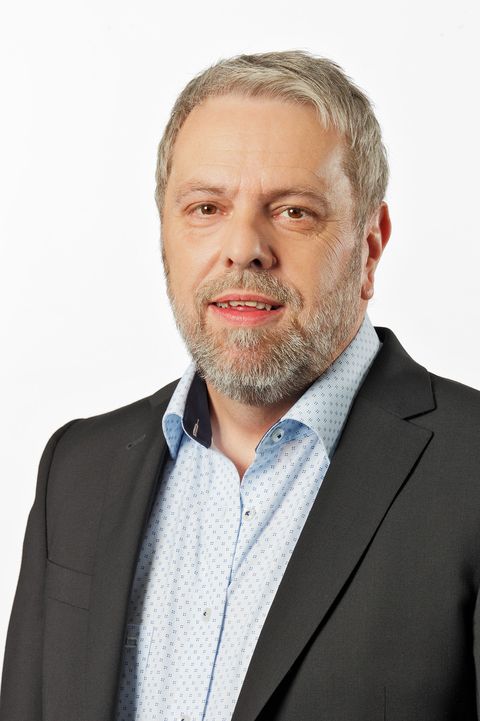The world population is growing and increasingly moving to urban areas: by 2050, about 70% of the world population will live in cities and we’ll count around 40 megacities with more than 10 million inhabitants across the globe, most of them in emerging countries. Urban infrastructures are under severe stress, as it becomes harder to satisfy people’s expectations in terms of quality of life and quality of services including transportation, healthcare, education and public safety.
These assumptions are the core of the intense debate around Smart City models: how can a city become smarter in managing its own infrastructure and resources, leading the way to sustainable development in a far-sighted perspective?
Paradox Engineering and Minebea have a clear idea of how a Smart City should look like, starting from the assumption that cities running on information can increase their efficiency by 30% within 20 years. A truly Smart City should therefore combine memory, as the ability to selectively recall acquired information, and intellect, as the ability to apply intelligence to memory and navigate through contingencies, taking decisions and steering actions. Thus, we can picture cities as distributed communication systems to connect people and businesses, enabling any kind of private or public activity through a number of services such as energy distribution, transportation, street lighting, waste management, and many more. At the bottom line, cities are networks of objects producing and consuming data – and data are value, a key resource to be transformed into actionable intelligence to feed decision making. That is exactly how the Internet of Things (IoT) can add value to present and future cities. By framing urban services in the IoT perspective, cities can move one step further and build genuine smart urban networks – where the multitude of objects which are disseminated in our cities (light points, meters, parking lots, solid waste bins, etc.) are transformed into smart nodes of a wider network, supporting narrowband and broadband bidirectional communications to enable a number of applications, from public lighting to parking, from energy distribution to video surveillance, and many more.
Since our foundation, we mastered the evolution of telecommunications and today we offer an integrated portfolio of future proof IoT-ready solutions. Based on open standards, our technologies allow customers to implement unique interoperable and highly scalable IPv6/6LoWPAN network infrastructures for urban or industrial applications. Our solutions do make a difference by enabling any kind of smart IoT service.


